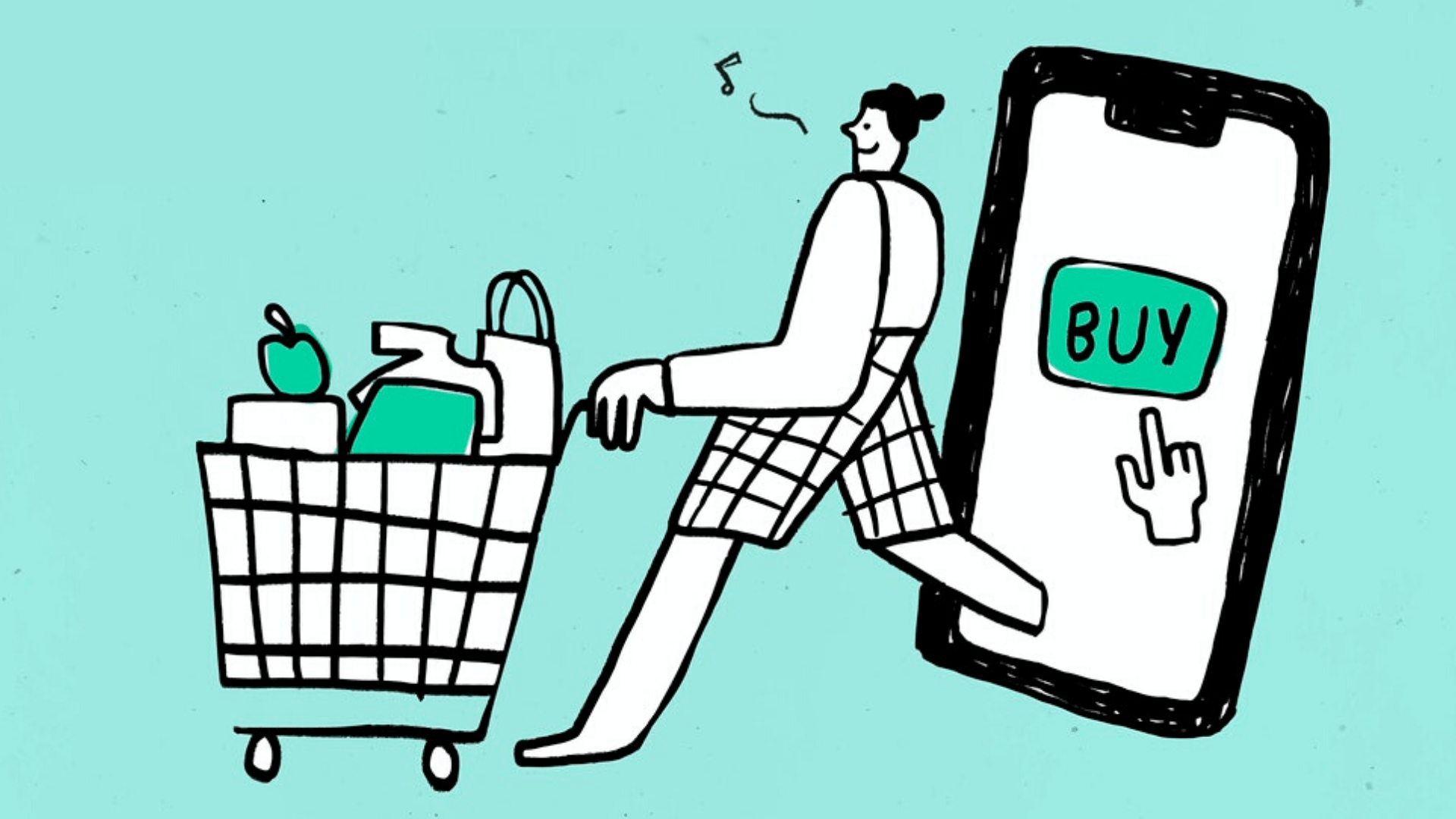How lockdown impacted the world of e-commerce
Written by
Kinga EdwardsPublished on

The crisis that came with the advent of pandemics in the world can be safely called global. The world slowed down, and the streets were deserted. In contrast to e-commerce.
At a time when all stationary trade stopped, most retailers moved to the Internet. How did COVID-19 affect the e-commerce industry? How did lockdown affect shopping? We’re coming with some answers now.
Shopping in the time of the lockdown
Let’s start from the beginning, i.e. searching for the consumer. Most of us, when we begin shopping, enter a given phrase in the search engine and browse the search results. It has been so far. However, as you can read in the Wunderman Thompson Commerce report, Google lost its leadership position to Amazon.
57% of Europeans shop online more often than before a pandemic since the beginning of the COVID. There is a 32% increase in book shopping, a 19% increase in hair treatment, and 13% in fitness, i.e. best yoga mats in test, dumbells, kettlebells etc. That reflects what people decided to do during the lockdown.
During quarantine, consumers often chose sites they have already known. Loyalty played a crucial role here.
How does the consumer decide that he will make a purchase in this store? In addition to the loyalty factor, price plays a key role – 98% of respondents admit that this is a crucial aspect when making decisions.
The description of the product and its availability in the stock (94%) is not less important. The image of the product is important for 93% of consumers.
During the lockdown, when each of us had a lot of time to familiarize ourselves with the offer of stores, these factors played an even more important role. The competition was fierce.
What products have been purchased during the coronavirus outbreak
We could observe a huge increase in the number of purchases and the value of the shopping basket in the food industry (but also increased popularity of services such as no deposit electricity). According to the data provided by Nielsen on March 9 – 15, the value of the FMCG basket increased by as much as 57% compared to the same period last year!
In March, mostly dry food (live vegan supplements) and hygiene and body care products were bought. Also, it doesn’t come as a surprise that face masks have been popular. Closing the gym and limiting the possibility of playing sports influenced the purchase of exercise equipment at home. For many industries, this is the best period for several years.
ACI Worldwide, which supports electronic payments, also saw a sharp increase in electronic sales in March. The volume of online transactions compared to the same period last year increased by 74%. Analysis of hundreds of millions of transactions shows to what extent COVID-19 has affected online commerce.
Drop in e-commerce sales due to coronavirus
Some of us may have the impression that coronavirus has brought a golden age in e-commerce. However, the run of luck does not apply to all industries. There are online stores that have been particularly affected by pandemics.
Sales of even suitcases dropped significantly. This is due to the freezing of the tourism industry. We can also see lower sales in the case of photographic equipment, swimwear and wedding clothing. Consumers put on the necessities of shopping, reducing spending on luxury goods such as jewelry and watches.
Online shopping reflect our lives
How we behave the Internet perfectly shows our habits in real life. Since most of the purchases have moved to the Internet, a lot can be deduced from consumer behavior.
Those who usually waited for promotions or seasonal discounts now do the same while waiting for sales or discount codes and subscribing to newsletters to be up to date.
Those of us who before the final purchase always need to make o tour by the entire shopping center to be sure that you are buying the best product at the best price, are pleased in the online world too. They do the same online.
They spend hours searching the Intenet and have price comparison websites as their main page. Window shopping fans also find themselves in the online world. Searchin and making wish lists online is even easier. After all, the browser tabs exist for a reason, right?
Challenging lockdown delivery
One of the most challenging aspects of shopping during a pandemic is delivery. Everyone who ordered online could experience a slowdown in stores and courier companies.
Firstly, security issues forced many companies to reduce the number of employees working in one room, and secondly, increased hygiene procedures took the time that was usually spent on work.
Thirdly, couriers – they also had to get used to the sanitary requirements and the increased number of orders. All these factors resulted in the fact that we had to wait longer for our lockdown.
The average time that consumers can wait for his purchase is less than three days (2.85). So during COVID-19, our patience has been tested.
Undeniably, COVID-19 challenges the e-commerce world but also provides it with bigger popularity. All sale was focused on the Internet. Thanks to this fact, many consumers got convinced to shop online and still choosing this way even after opening stationery stores.
Coronavirus surprised many of us. It has undoubtedly influenced and will affect the e-commerce market. We are not able to predict 100% what will happen in the coming months. We can keep track of market information and respond to it. This is a good time to analyze your activities and introduce changes that increase sales.


